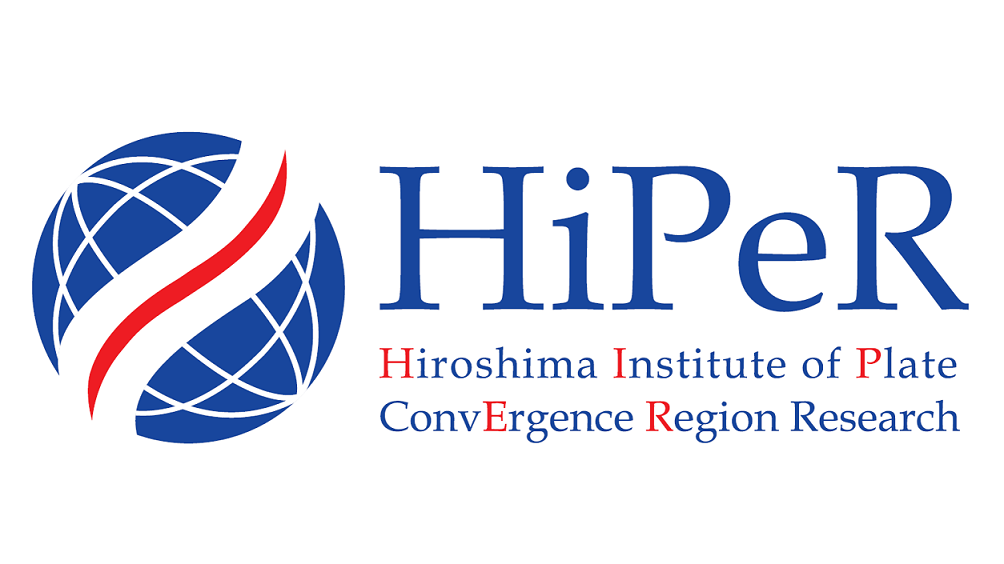Overview of the project
About Hiroshima Institute for Plate Convergence Region Research
Hiroshima University had been selected as one of the “Research Universities” under the program (“Promotion of Research University strengthening program”) by the Ministry of Education, Culture, Sports, Science and Technology (MEXT) of Japan in 2013. As a part of this program, since its inception, Hiroshima University has established several incubation centers/research centers to promote and nurture top world-class research. The present research institute, HiPeR (Hiroshima Institute of Plate ConvErgence Region Research) has been selected as one of such research incubation centers (Promising Research Initiatives) in 2017.
In 2020, as the result of the final evaluation of “research incubation centers”, HiPeR was upgraded to a “Centers of Excellence” in Hiroshima University. Still more, HiPeR was also recognized as an “Advanced International Project”.
Numerous important geoscientific phenomena caused by the dynamic processes are occurring frequently and actively at the plate convergence areas on the Earth. HiPeR aims to have comprehensive understanding on these important phenomena, dividing them into three major processes of strategic research. These include “deep circulation of rocks and water”, “process and mechanism of fault movements” and “processes of magma generation”. We are aiming to carry out three-pronged research activities including “experiments”, “instrument-based observations” and “fieldwork-based observations” which would help us to achieve the unified goal of better understanding of plate convergence area materials and activities.
We aim to make HiPeR a hyper-active research incubation center with our national and international members.





